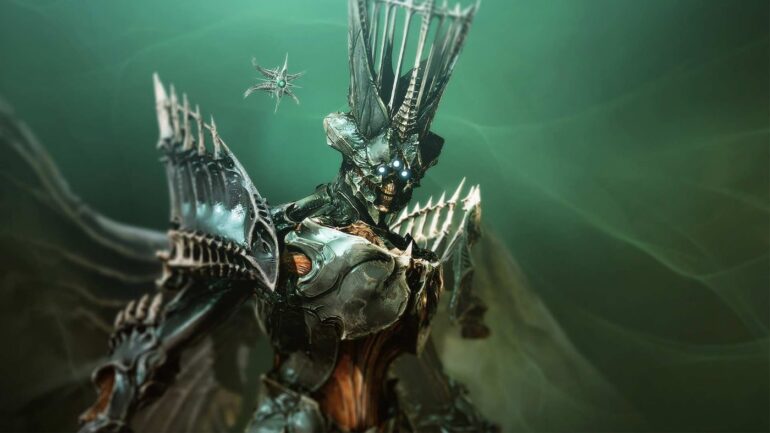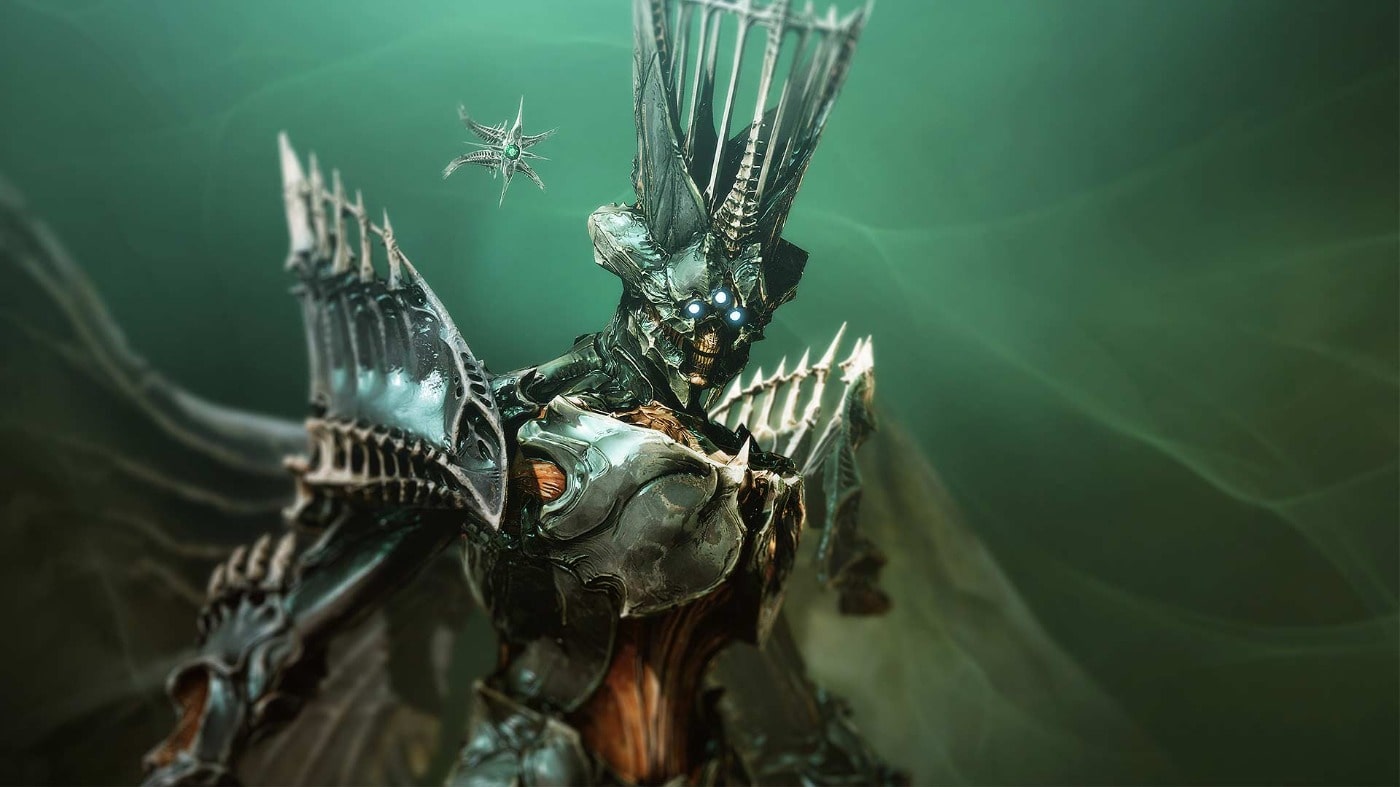Press Start may receive a commission when you buy from links on our site at no extra cost to you.
It’s no secret that Bungie has had innumerable ups and downs with Destiny over the last 8 years, but never has this been more evident since 2018’s Forsaken. Shadowkeep and Beyond Light, while bringing plenty to the table, often felt like expansions built to lay new ground for the core of the game to build itself upon. Expectations for the next major expansion were high, touting a long awaited villain in the form of Savathûn, a renewed focus on campaign design, and weapon crafting. It’s not without its growing pains, but after some time exploring what The Witch Queen has to offer, I’d argue that The Witch Queen isn’t just the best Destiny 2 expansion, but the best piece of content Bungie has put out since The Taken King, if not better.
If you aren’t familiar with the happenings of Destiny 2’s world, the last few months have been tumultuous to say the least. In the aftermath of exorcising Savathûn’s worm, Mars is suddenly returned to the solar system from the clutches of the Darkness, with Savathûn’s very own ship in tow. Upon boarding it, our guardians quickly discover that she has somehow stolen the power of the Light, gifting it to her very own Hive, and is using it to rebuild her Throne World. What follows is a 6-8 hour investigation into how Savathûn and her underlings came to gain this power, and how we can take it back.
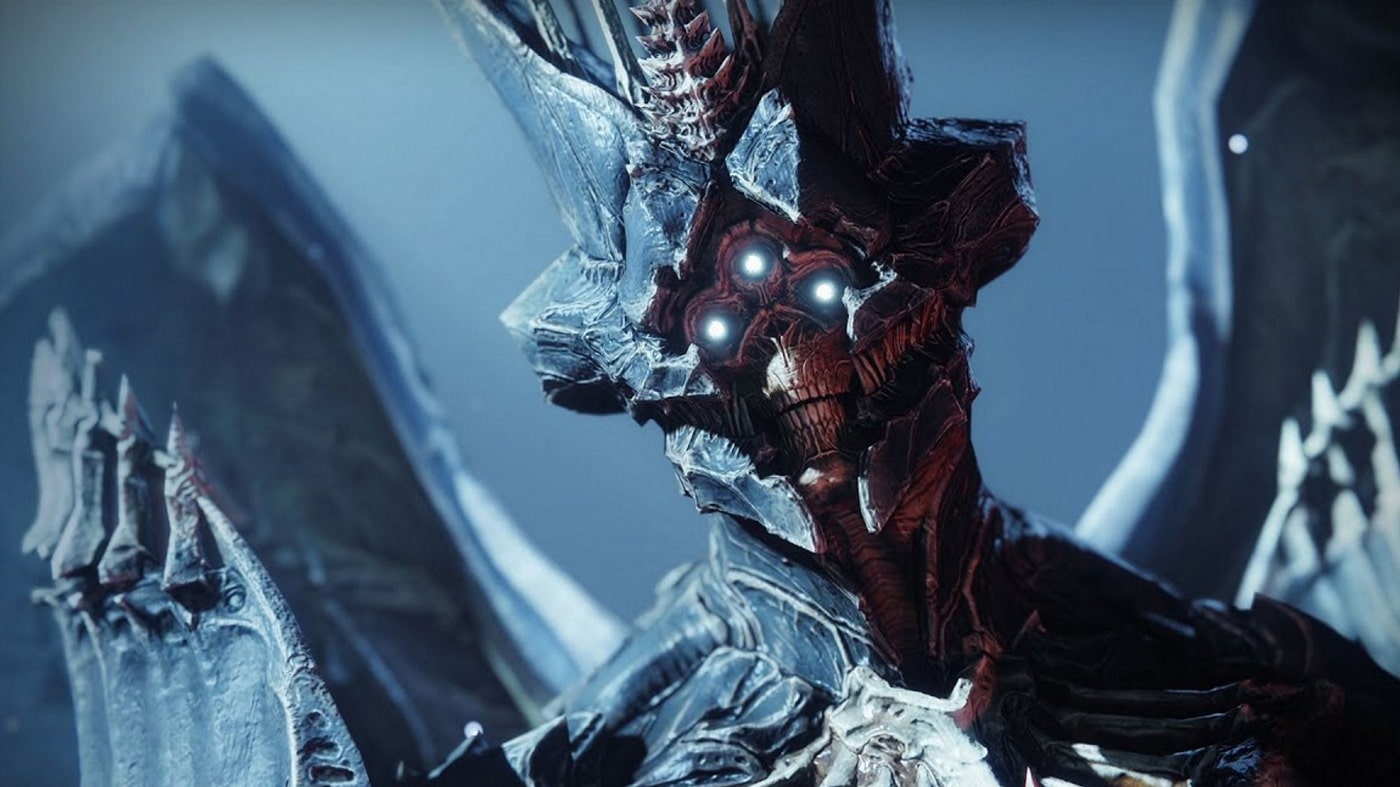
Without spoiling too much, this is undoubtedly the best campaign Destiny has ever seen. Bungie had stated multiple times that there was a renewed focus on campaign and storytelling, but I don’t think anyone was quite ready for what we actually received. Eight extremely high quality missions, all superbly paced with engaging boss encounters, thrilling set pieces, and plot twists that even the most die-hard lore fans couldn’t have seen coming. Savathûn is more than just a typical antagonist – there’s merit to what she’s trying to achieve here, and what we find out about not only her and her Hive, but also the true nature of the Darkness is truly gripping from beginning to end.
There’s also the inclusion of a Legendary difficulty, which caps your power level below the mission’s recommended level, and will really put you to the test for those extra rewards as you play through the campaign. The cherry on top of all this is the option to replay any of the missions on either difficulty, meaning you can go through again on a higher or lower setting to see how it differs. For the longest time Destiny has struggled to turn its fantastic lore into immersive storytelling, and it feels like The Witch Queen – much like the last few seasons of content – is a real turning point for the franchise and a true return to form for Bungie.
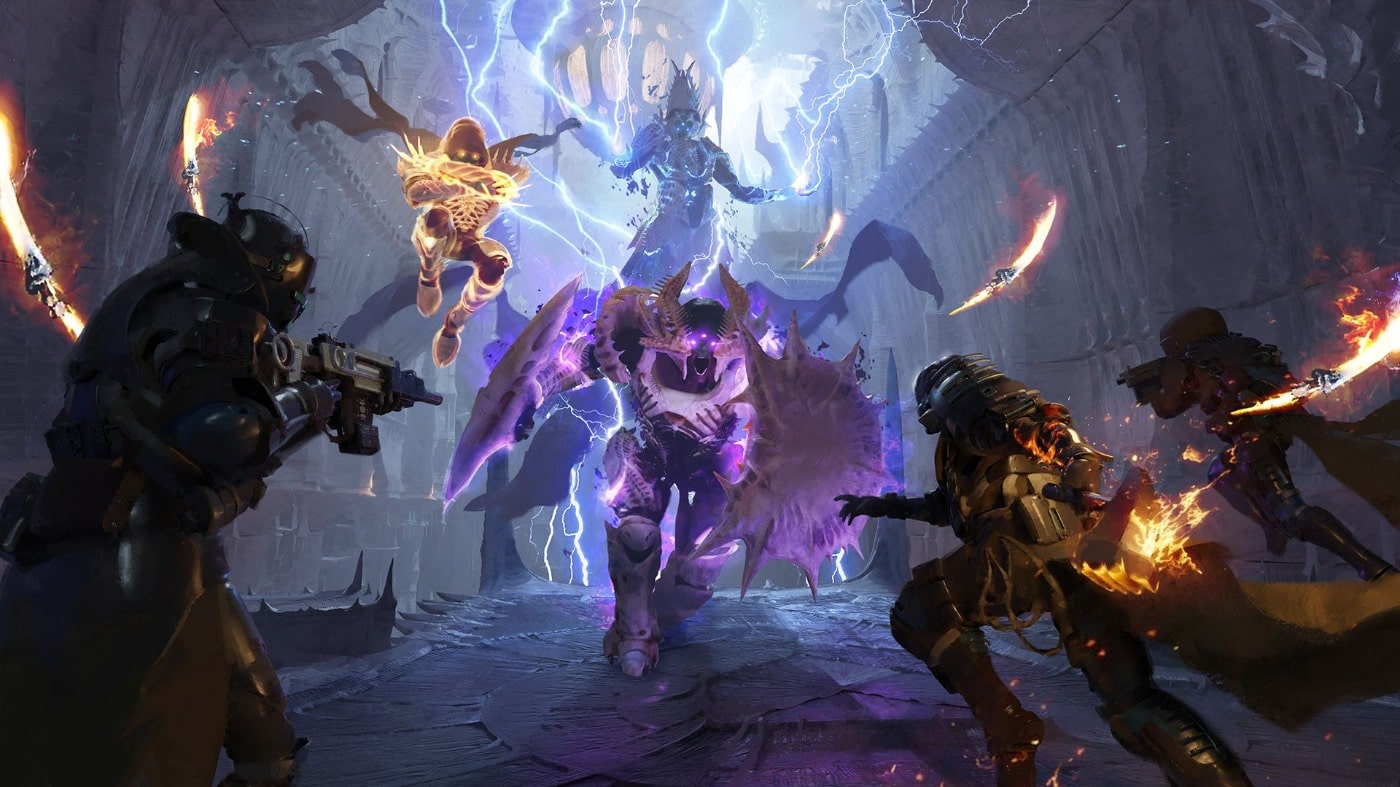
While The Witch Queen doesn’t bring something as pivotal as all-new subclasses, it does mark the start of something much more important – the reworkings of the old Light subclasses, starting with Void 3.0. Those familiar with the way Stasis works will be right at home here. Each class can pick between different Super abilities, Grenades, Class Abilities, Aspects, and Fragments to allow for more customization and control over your builds.
The end result is truly remarkable, breathing new life into subclasses that felt ancient in comparison to the flexibility and adaptability of Stasis. Each class has a lot to play around with, and while there’s definitely some tuning needed for certain classes, there’s more reason than ever to be excited for Arc and Solar to receive the same treatment over the coming months.
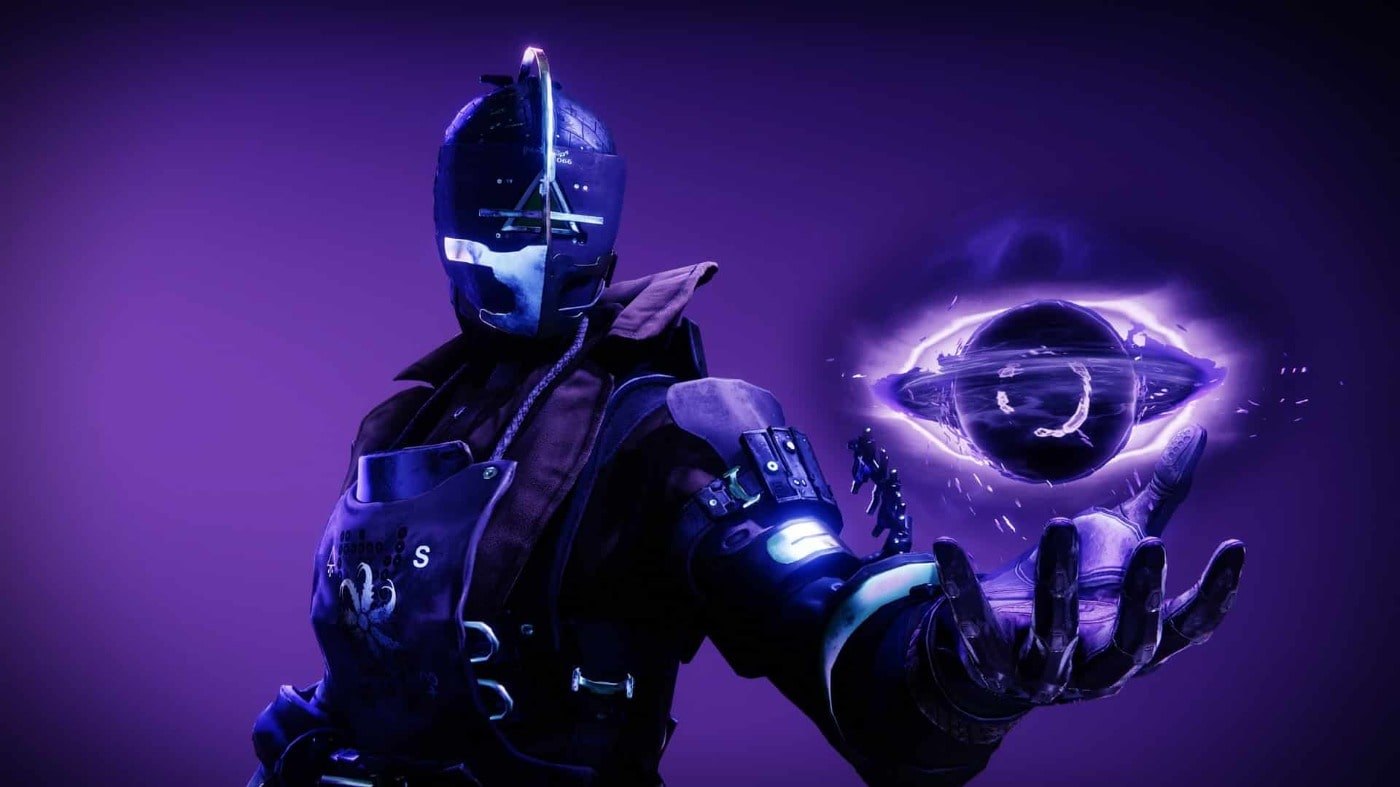
There’s also the long awaited weapon crafting, which as of now feels like it’s going through some growing pains as Bungie works out how they want to implement it properly. A huge part of Destiny is the loot – chasing the rolls you want on all the new weapons that come out with each content drop.
It’s clear that weapon crafting isn’t supposed to replace this chase, but compliment it instead, allowing players to craft the roll that they covet for a particular weapon, and make it theirs. Unfortunately there’s quite a small pool of weapons to craft right now, and the caps for crafting materials are slightly too small, resulting in a lot of wastage as you earn other essential materials. While the core of it works and it serves its purpose, it’s clear that crafting is going to grow and change quite a lot over the next few seasons, which leaves it feeling like more of an experiment as opposed to a concrete addition to the game.
Weapon crafting is also the means by which we create the new weapon type: Glaives. A ranged/melee hybrid, the Glaive is unlike any other weapon type we’ve seen in Destiny before, boasting an energy blast, combos, and a shield that’s recharged by dealing damage with the projectile, it’s all about carefully weaving these actions together to become a lethal killing machine at close to mid range. While it remains to be seen how this archetype will fit into the broader scope of content – especially endgame – there’s no denying that Bungie are still creating some of the best feeling weapons in first-person-shooters today.
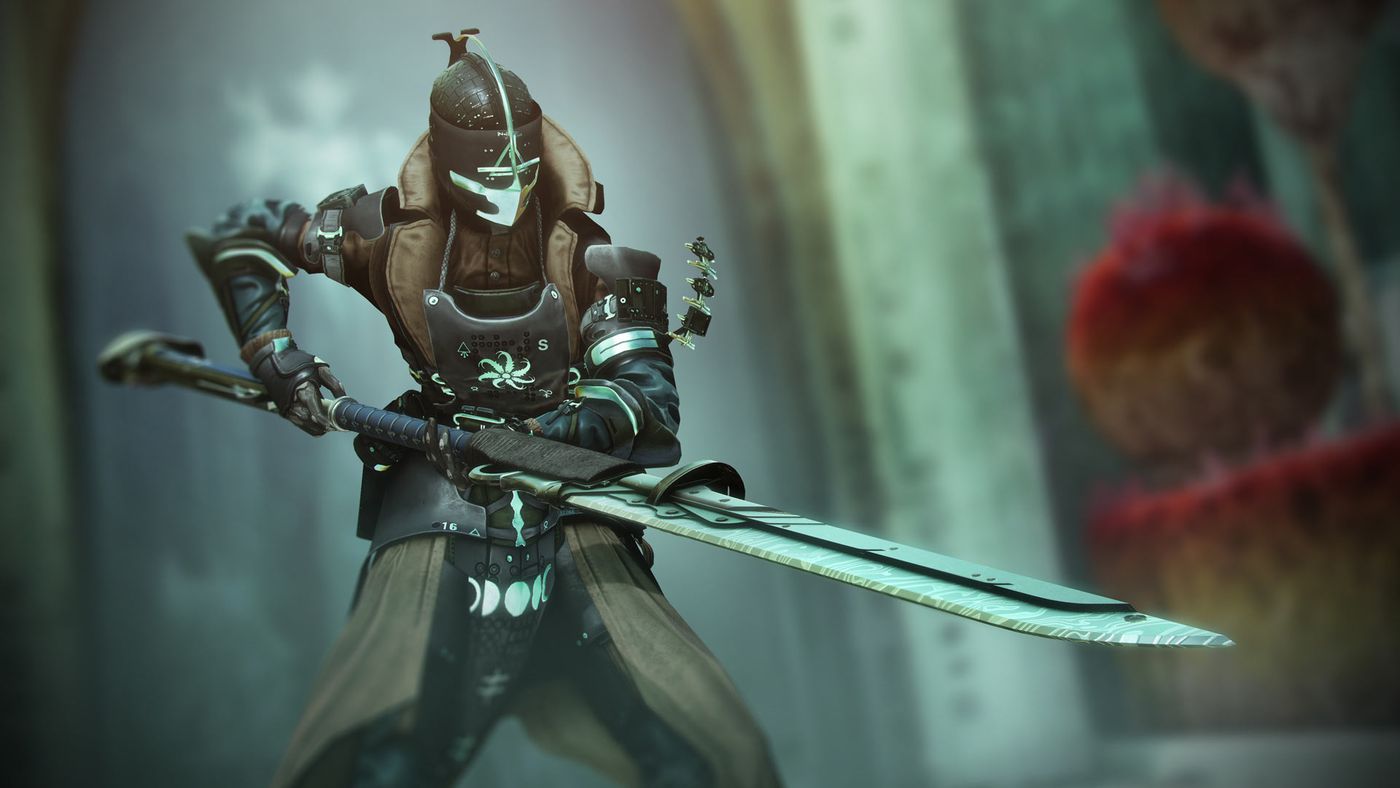
The post-campaign content is also some of the most enjoyable we’ve had out of an expansion thus far as well. Wellspring is a 6-man matchmade activity that rotates between Attack and Defense everyday. Attack sees players launching an assault on the Wellspring to take it from the Hive, whereas Defense sees them protecting it from hordes of Scorn, eventually resulting in a chase against a Hive Lightbearer. Weekly Story Missions make their return here, allowing players to play specific story missions at a higher level for gear and weapon crafting materials.
In terms of more unique content, there’s also an all new Exotic Mission called Vox Obscura, which involves sieging a Cabal fortress under the cover of night to stop rogue transmissions from reaching their ominous receiver. This mission is a thrilling race against the clock as players blast open the doors to the Cabal installment with hijacked tanks, culminating in a boss fight and an all new Exotic weapon, the Dead Messenger. There’s so much variation in what The Witch Queen’s activities have to offer, and plenty of reason to engage with them, and that’s without mentioning the raid.
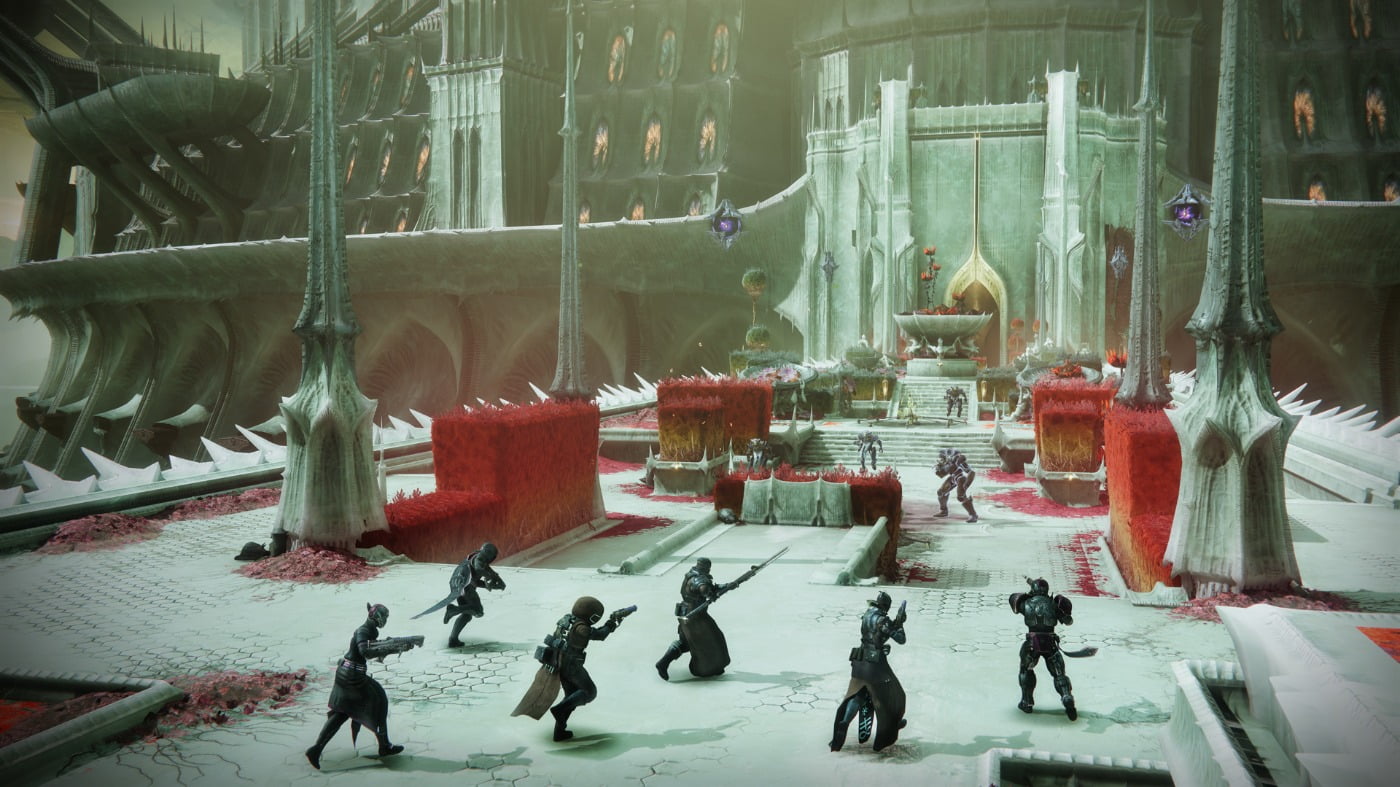
If there’s one day that the Destiny community comes together like no other, it’s during the first 24 hours of an all-new raid release. After a number of completions, both with the day one Contest modifier and on its normal difficulty modes, I think its safe to say that Vow of the Disciple is my new favorite raid in all of Destiny.
Without spoiling too much, the atmosphere and theme fits exceptionally well into the coming war between the Light and the Dark, and there’s a palpable sense of foreboding and dread that emanates from every major encounter in the raid. The boss fights in particular are undoubtedly some of Bungie’s best, bucking typical trends we’ve seen with bosses from previous raids that were becoming tired and overused. A special mention should go to the final boss, Rhulk, who is not only a spectacle to fight, but also has the lore and narrative chops to give the encounter meaning and context within the broader scope of the universe.
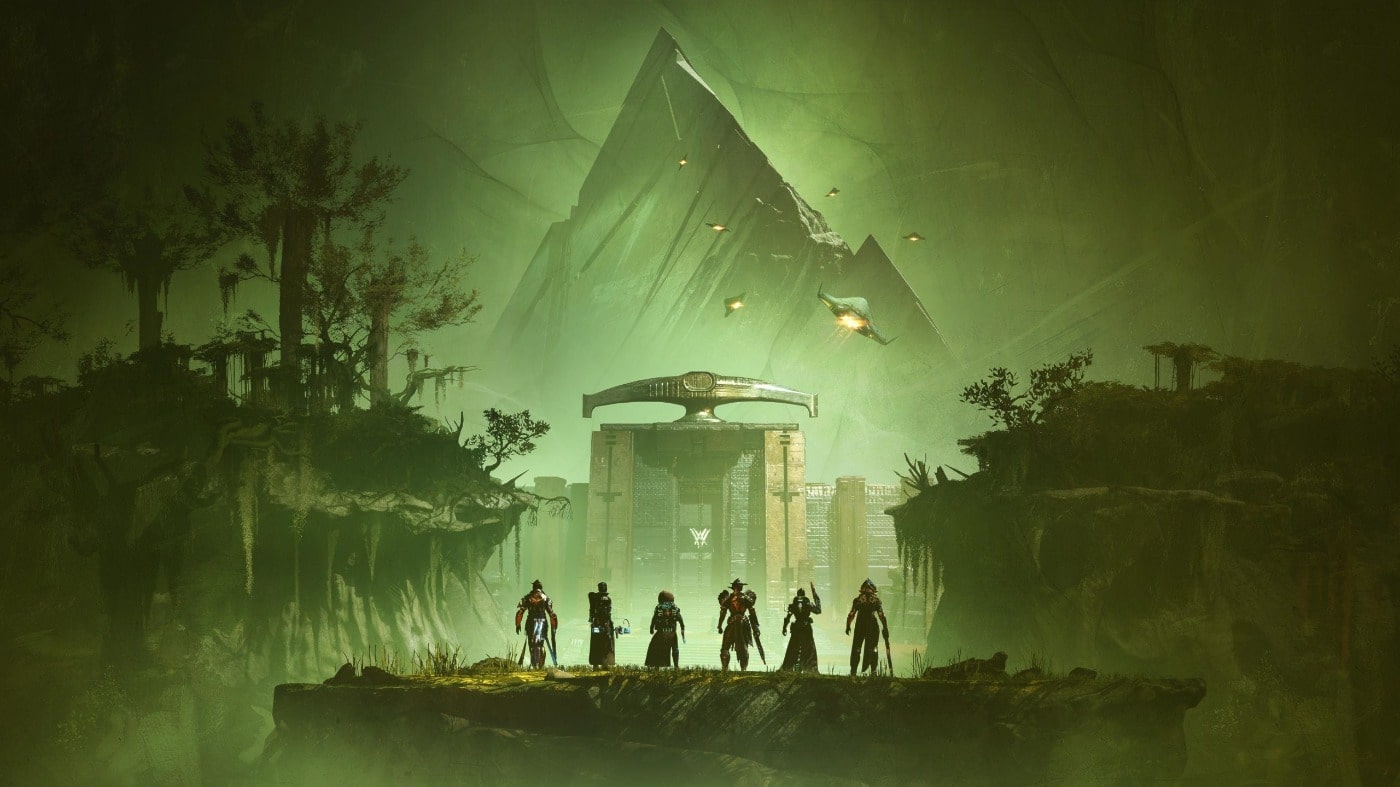
The final piece of the puzzle is the new season: Season of the Risen. While I can’t comment on its quality entirely as it hasn’t concluded yet, what’s here now continues the trend of challenging the beliefs of pre-established characters and throwing them into unforseen conflicts to gauge new perspectives and opinions, namely Lord Saladin and a vulnerable Crow, still reeling from the shock of Savathûn’s impersonation of Osiris.
This season is largely focused on working with Empress Caiatl and her legion to further uncover how the Hive came to posses the light. This is done through PsiOps Battlegrounds, a new 3-man matchmade activity that retains the trademark enemy density and fast paced gameplay we’ve seen from past seasonal activities. We’ve yet to see if this season will reach the heights of Season of the Chosen or Season of the Splicer, but Risen is off to a promising start, and I’ll be logging in every week to see how it develops.
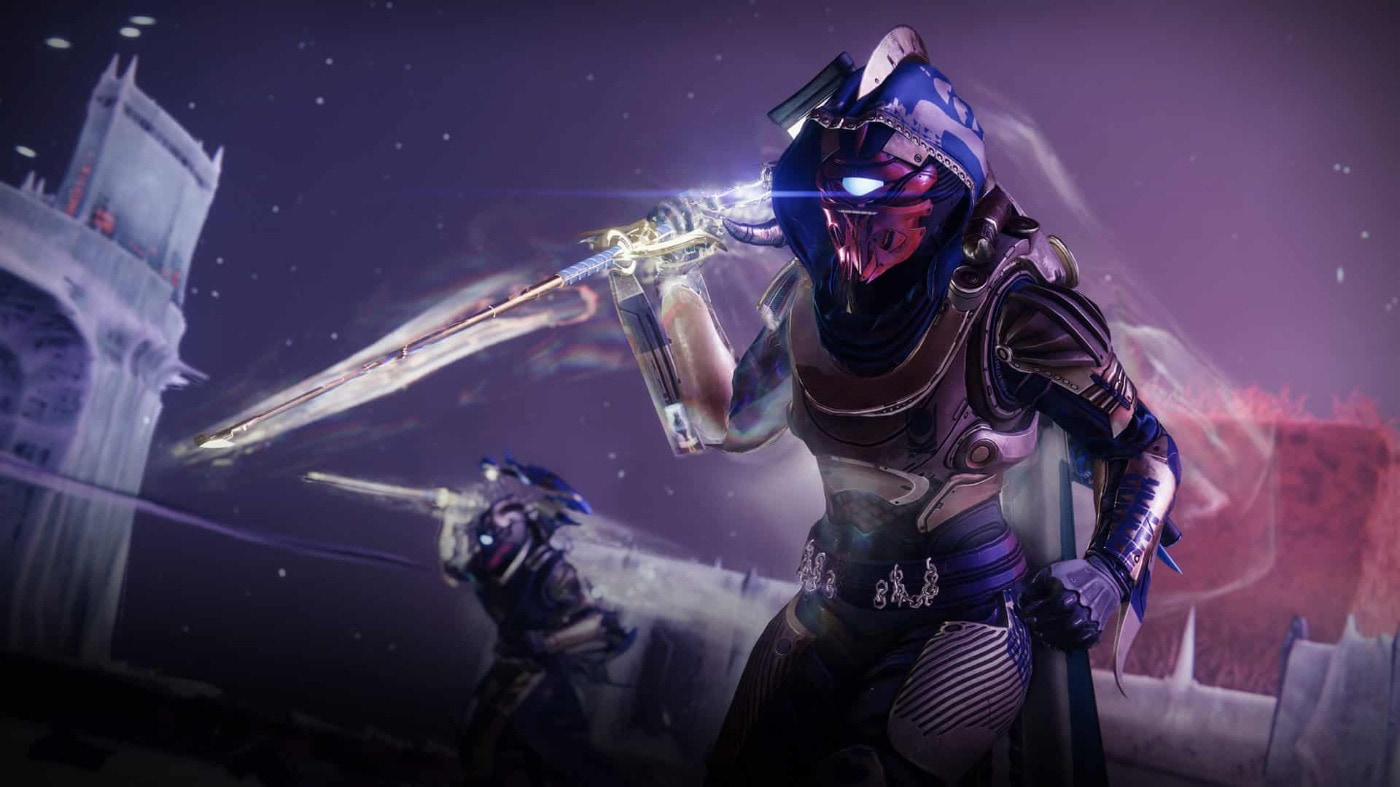
It goes without saying that the state of PvE in Destiny 2 is arguably the strongest its ever been, unfortunately, the same can’t be said for Crucible, Gambit, and Trials of Osiris. While Bungie have been very transparent about the current state of Crucible and Gambit, the efforts made in The Witch Queen to help them maintain relevancy aren’t quite enough to bring them up to the same level as the PvE content. Crucible is still in dire need of maps, modes, and matchmaking adjustments, while Gambit is still largely uninteresting and frustrating despite the changes made at launch.
Trials of Osiris is its own bucket of worms. While a major shakeup in Season of the Lost saw player populations shoot up to an all time high in the playlist, it quickly becomes clear to anyone who engages with it that matchmaking is fundamentally flawed, and high-skill players abuse certain systems to get matched with low-skill players and promptly mop the floor with them. It’s not quite as bad as it was this time last year, but there’s still more work to be done to make Trials a much more healthy competitive experience compared to the luck-of-the-draw nature it currently suffers from for most players.
Bungie have always been praised for their excellent art direction, skyboxes and environments, and The Witch Queen is no different. Savathûn’s Throne World is distinctly divided between boggy swamps and Dark City ruins and a risen luminescent fortress built in the image of Savathûn’s newfound light. There’s a stark visual juxtaposition here that also communicates her developments as a character, further accentuating the themes of deception, and light versus dark. Once again, a special shoutout goes to the raid, which will constantly have you in awe as you ascend through one of the most visually unique raids we’ve seen so far.
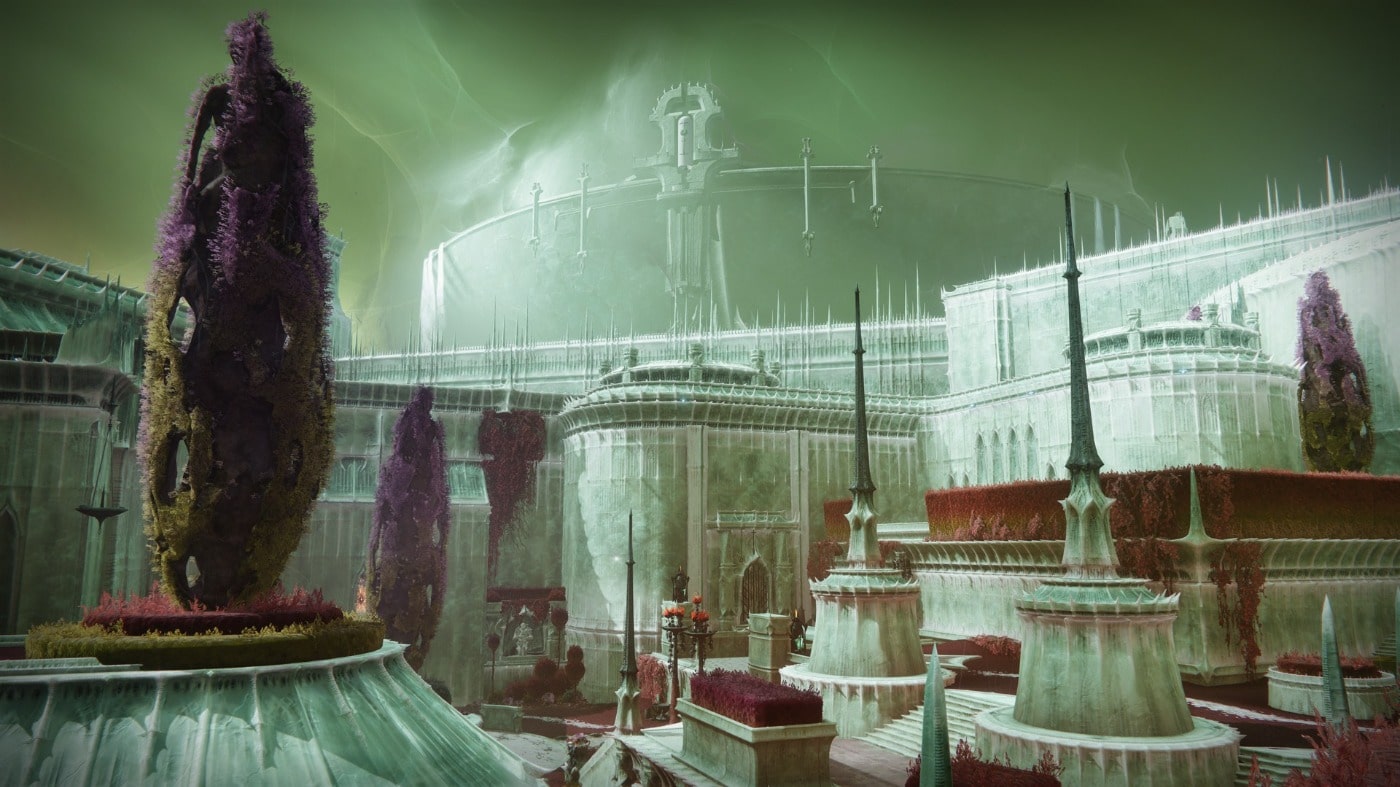
While launch was surprisingly smooth, The Witch Queen wasn’t without its technical issues. Numerous weapons were disabled due to bugs over the last few weeks, certain activities can soft-lock players forcing a restart, crafting materials couldn’t be purchased, and the raid also suffered from various error codes on launch. While Bungie should be applauded for jumping on most of these in quick fashion, a few of them still plague the game today, and occasionally rear their heads to hamper the experience.


